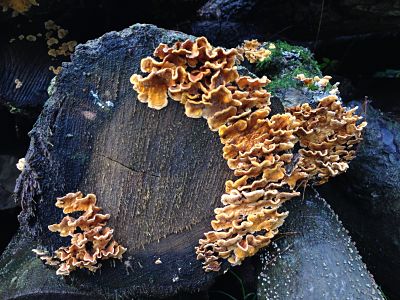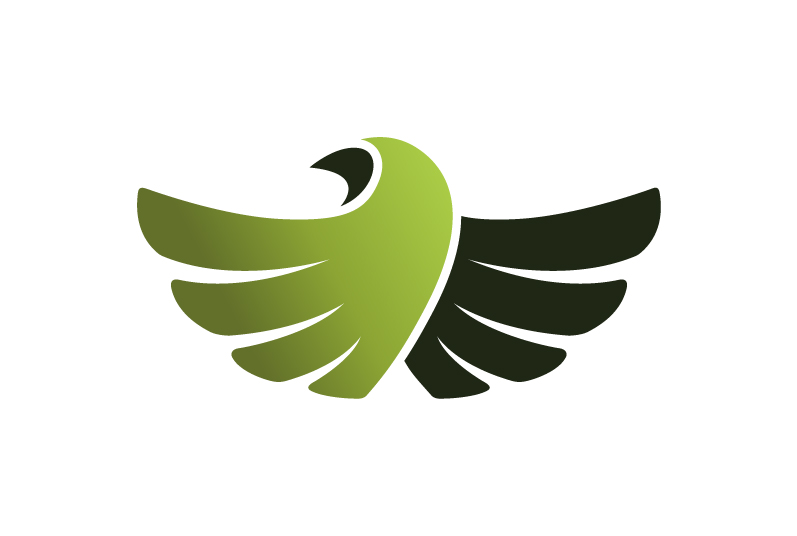Shiatsu 1
Most people have heard of shiatsu, but are unsure what it is, so I thought it might be helpful to elaborate in a new series of blog posts. This week I will give you a brief history of how shiatsu developed and explain some of the theory behind it.
The term Shiatsu was coined in Japan in the twentieth century and means ‘finger pressure’, but its roots go back to the development of health promoting practices in China known as Tao-Yin (or Taoist yoga) around 500 BC and to anma (a form of massage and acupressure).
By the tenth century AD, Tao-Yin and anma, along with other forms of Traditional Chinese Medicine, had been introduced into Japan. Over the following centuries the traditional healing practices and theories of both cultures resulted in the development of shiatsu in Japan. Western physiology and medicine have also influenced shiatsu.
Shiatsu involves the use of the practitioner’s fingers, palms, arms, elbows, feet or knees to apply pressure to specific points on the recipient. The practitioner will also stretch the recipient’s limbs and manipulate joints as part of a treatment. The aim is to harmonise energy in the body and promote well being. The points are the same as those used in acupuncture and are based on the theory that there are energy channels in the body that can be influenced by pressure (as in shiatsu) or needling (as in acupuncture) at specific points along the channels. Unlike blood vessels and nerves, channels (also known as meridians) cannot be seen and they only exist when there is energy flowing through them, rather like currents in the sea.
In shiatsu, energy is known as ‘ki’ (or ‘qi’ in Chinese). Ki exists in everything as it is a binding force that gives form as well as an animating one that gives movement. All animate and inanimate things possess ki. According to Traditional Chinese Medicine, the quality that gives life is ‘jing’ (also known as essence). And that which gives consciousness is ‘shen’. Together these are known as ‘the three treasures’.
To give shiatsu requires sensitivity and empathy in order to connect with and influence the recipient's ki.
Next week my post will be about yin and yang: terms that you will no doubt have heard of, but may not know about.

